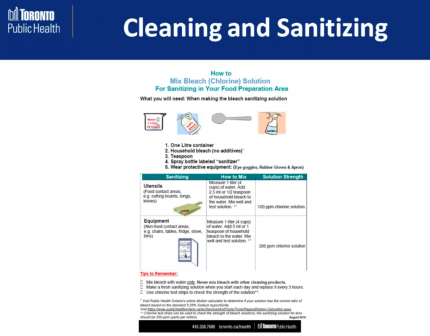A Q&A Lesson in Local Food Literacy: What can I do to reduce the risks and fears around food that we grow or get direct from farmers?
Posted: May 8, 2018
Categories: Edible Education Network / GoodFoodBites / News from Sustain Ontario / Schools
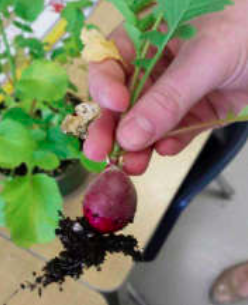 We’re now at #8 out of 10 posts in our Local Food Literacy blog series! Thanks to all who have joined the conversation so far on Twitter and shared the blog posts.
We’re now at #8 out of 10 posts in our Local Food Literacy blog series! Thanks to all who have joined the conversation so far on Twitter and shared the blog posts.
Next up, we’re going to take a look at another important aspect of local food education in schools — health and safety:
Q: Our health department has some concerns about us eating food that we grow ourselves or that we get direct from farmers. What can we do to reduce the risks and fears, including for classes that don’t have a cooking focus?
Eating food from a school garden or local farm is a great learning experience. It brings the farm-to-table journey to life and can increase students’ appetites for healthy food.
Eating what you’ve grown can be immensely satisfying — it’s a delicious reward for many hours of hard work.
Given these benefits, it’s worth developing a health and safety plan that mitigates any concerns that health departments or school administrators may have about eating food from school gardens or local farms.
How to get started?
- Review existing policies at your school board or health department so you know the basic requirements for school gardens and food handling.
- Listen carefully to the concerns voiced by school officials and respond with practical strategies to address them. Sometimes this is all that is needed to reassure concerned parties that the food can be enjoyed safely.
- Draft a formal health and safety plan for eating food grown in school gardens or local farms. This plan should include the steps you’ll take to ensure the safety of the food while planting, growing, harvesting and cooking.
- If you have limited time, engage students in developing these guidelines as part of an assignment. This can facilitate student buy-in and demonstrate student leadership, which can generate support for your initiative among school officials.
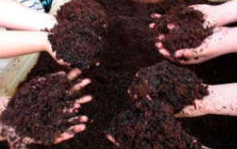
These are some of the ways you can mitigate health concerns for your school food projects:
Planting
– Identify a site for your garden away from potential hazards (e.g., garbage, runoff, etc.)
– Test ground soil for contaminants or use planters with commercial, traceable soil instead
– Fence off the area to limit animal activity
Growing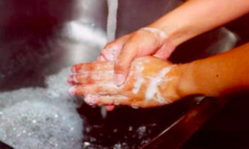
– Use potable municipal water for irrigation, or test other water sources (e.g. rain barrels) on a regular basis
– Avoid growing common allergens
– Only use finished, composted manures or green manures/ cover crops for fertilizing
Harvesting
– Use cold water baths to keep produce cool until refrigeration
– Wash all produce thoroughly with potable municipal water
– Practice proper hand washing practices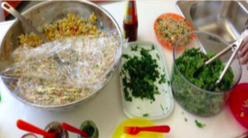
Cooking
– Follow your local health department’s food safety guidelines
– Ensure proper refrigeration of garden produce
– Follow proper sanitization practices for cooking surfaces and utensils
In one of our Local Food Literacy webinars from last year, Cooking Up Local Food Literacy, Debbie Hylton with Toronto Public Health presented on some food safety practices. You can view the webinar recording and Debbie’s slideshow presentation in full here.
As always, if you have more tips or resources, join the #LocalFoodLiteracy conversation on Twitter!
The above content comes from the Local Food Literacy in Schools FAQ Guide, developed by Sustain Ontario, Ecosource, FoodShare and Roots to Harvest.


